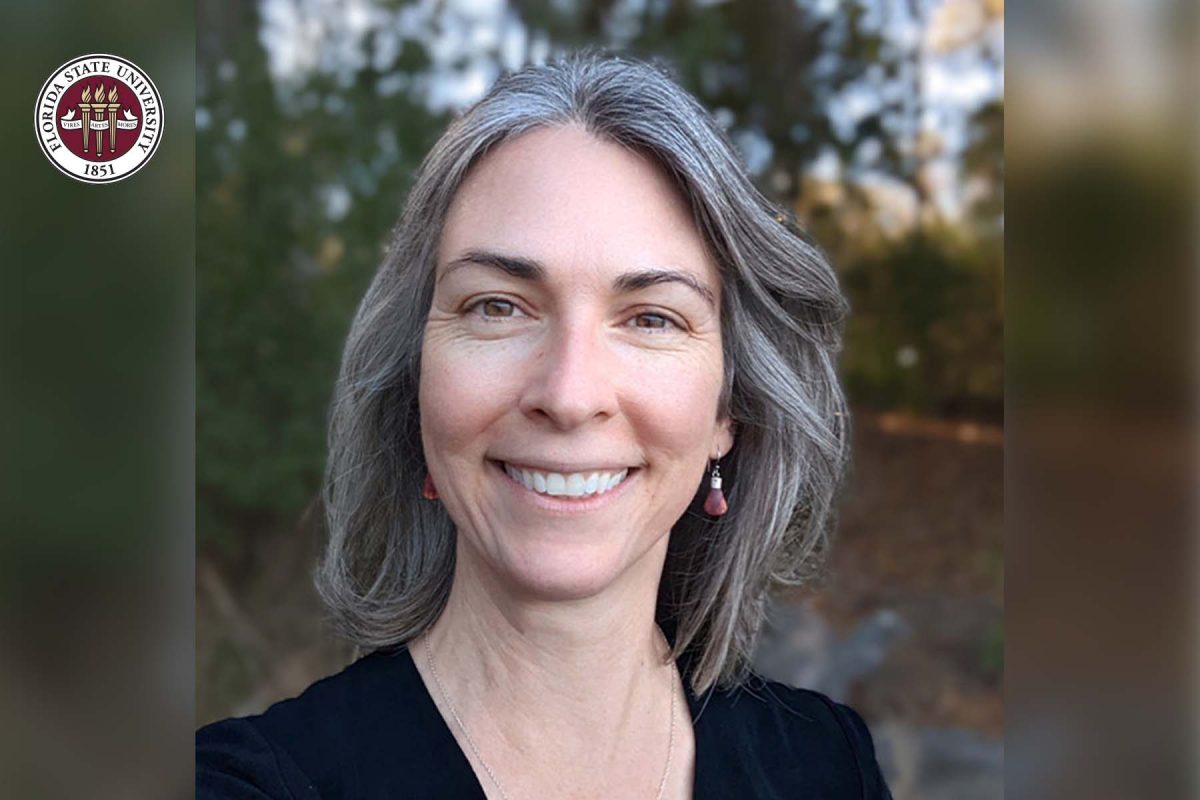
A Florida State University biologist has proposed a new idea about how animals choose their mates, and mathematical tests suggest that it could challenge the previous understanding into picking partners.
The study led by Biological Science Professor Emily DuVal, with collaborators from three other major universities, introduces a new idea called “inferred attractiveness,” which offers a new explanation to the old question of why animals prefer the mates they do and why individuals of the same species may have different preferences when it comes to finding a partner. The research is published in PLOS Biology.
“The heart of our idea is that females learn from others’ choices, but that those females are not mind readers,” DuVal said. “Instead, we propose that females compare the males that they see chosen as mates to those that are not chosen to figure out what makes chosen males distinctive, then learn to prefer those traits. In other words, they use the context provided by the broader population to infer what makes a favored male attractive.”
It may seem odd to suggest that fruit flies or tropical fish are paying attention to each other’s mating choice, but the general phenomenon of mate choice copying has been found in a wide range of species, including humans, DuVal said.
Previous work by DuVal and her team analyzed studies on mate choice copying and found that females were on average 2.7 times more likely to choose a male if they saw another female with him.
The current study breaks new ground by testing what would happen if that tendency to judge males in the company of females as more attractive was expanded to select for the traits of favored males.
“This idea challenges the focus on male traits that dominates many theories about mate choice and shifts attention to understanding how female brains drive mate choice dynamics.”
– FSU Biology Professor Emily DuVal
The researchers created a mathematical model to test an idea about mate choice and ran it over a hundred generations of descendants. They found patterns that matched the confusing behaviors observed in nature.
“This is exciting because it could explain why a lot of what we see in nature doesn’t match with the theory behind why females should be making the mate choices that they do,” said DuVal, an animal ecology and evolution expert who specializes in the evolution of complex social behavior in wild birds, such as their courtship and mating processes. “For example, female preferences in a given population often change across generations and sometimes preferences differ between individuals within one population.”
Researchers long believed that mate choice was all about genes, that animals picked partners with certain traits that they believed would lead to healthier and more successful offspring. But DuVal’s model suggests that it’s simpler than that, but with a wider range of possible outcomes.
This new idea helps explain why preferences in a population change over time and how variation in male traits is maintained even when females seem to show strong mating preferences. It also helps explain why some animals might like different things in different situations.
The research sheds light on the intricate interplay between male traits and female preferences and shows that mate choice is not a simple genetic inheritance process but a dynamic and socially influenced phenomenon, DuVal said.
The model acknowledges that female experience plays a significant role in shaping preferences.
“This idea challenges the focus on male traits that dominates many theories about mate choice and shifts attention to understanding how female brains drive mate choice dynamics,” DuVal said.
This new understanding of mate selection can shed light on how animals choose their partners and how these choices affect their evolution, said DuVal, president-elect of the Animal Behavior Society, a professional organization that advances research and education in the field of animal behavior.
She hopes the model will be paradigm-shifting in evolutionary biology.
“Our model generates the possibility of a fundamental reassessment of existing data and new experimental tests in the future,” she said. “We’re excited to see how this inferred attractiveness concept could impact our understanding of mate choice behaviors. We’re hoping it generates a lot of thought-provoking reassessment of existing data and new experimental tests.”



